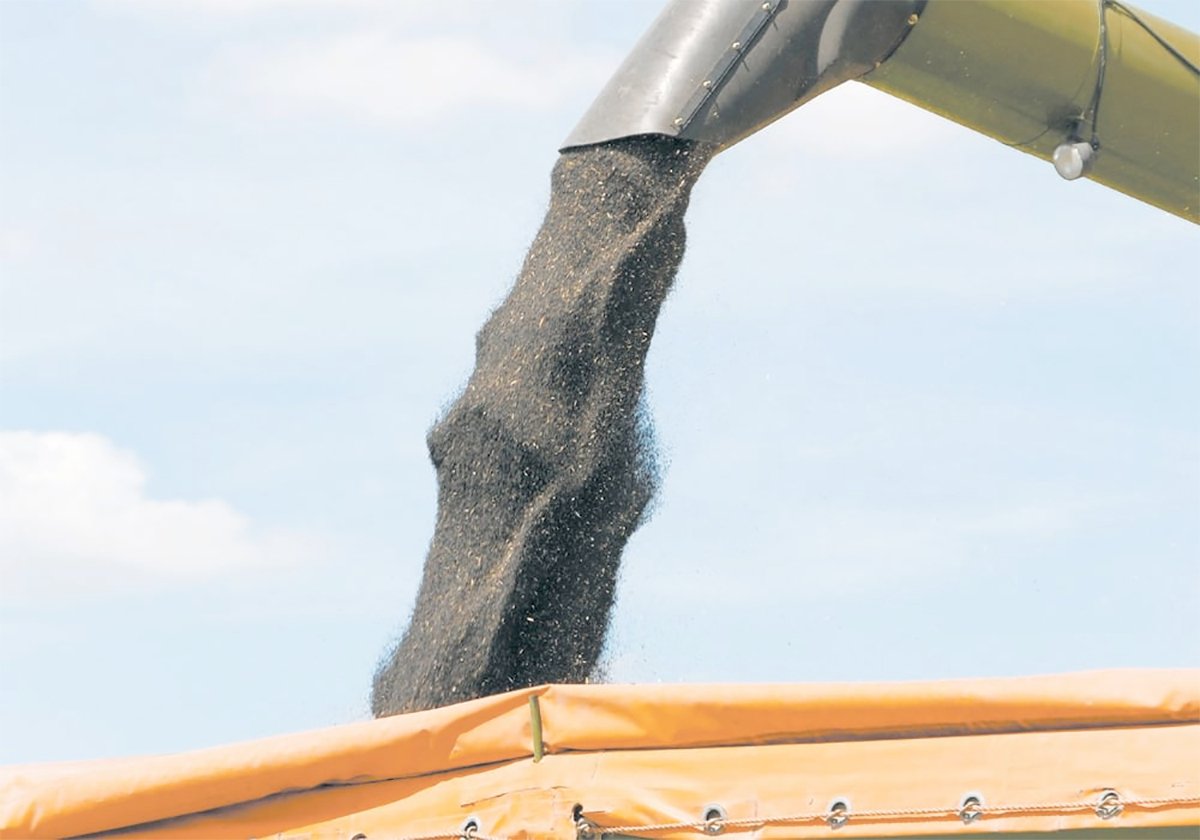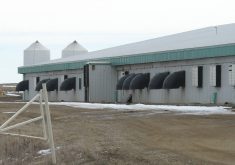Journalism, like baseball, aging and bridesmaids, is often about the numbers. Sometimes big numbers are good, other times small numbers are better. Either way, numbers usually define our work, our families and our lives in more ways than we care to count.
And they can surprise us, too.
Like in early November when the International Food Policy Research Institute reported that as world markets sweated over a 2.9 million tonne drop in Ukrainian wheat exports for the first six months of 2022, the North American drought already had sliced more than twice that amount, or 6.8 million tonnes, off global production.
Read Also

Determining tariff compensation will be difficult but necessary
Prime minister Mark Carney says his government will support canola farmers, yet estimating the loss and paying compensation in an equitable fashion will be no easy task, but it can be done.
Moreover, when you add up Ukrainian wheat, corn and barley exports for the 2022-23 marketing year through Nov. 8, the war-torn nation’s exports are down 6.3 million tonnes compared to year-earlier data, Reuters reports. As grim as that sounds, it’s still less than this year’s drought-shortened losses in North America.
Another set of 2022-23 attention-grabbing numbers was published Nov. 7 by the farmdocDAILY consortium at the University of Illinois. All point to the staggering rise of commodity production in South America.
For example, write Illinois and Ohio state university market experts, “Brazil (alone) produces more soybeans than the U.S.”; “Argentina produces almost as many soybeans as the combined output of Illinois, Iowa, Minnesota and Indiana”; and the “rest of South America produces more soybeans than every state except Illinois and Iowa.”
If ranked in the global soybean market, they add, “world shares … are 54 percent for South America, 37 percent for Brazil, 34 percent for the U.S., [and] 13 percent for Argentina…”
The key point, they add, is that “understanding soybean production in South America is as important, maybe more important, for American farmers and agri-businesses than understanding soybean production in the U.S.”
The Southern Hemisphere’s new-found market muscle is also being flexed at the United Nations’ annual Climate Change Conference (COP27) in Sharm El-Sheikh, Egypt. Early in the global gathering, “leaders from poor countries” used “their speeches … to demand wealthy governments and oil companies … pay up for damages being inflicted on their economies,” noted Reuters Nov. 8.
As aggressive as that sounds, it’s really a deft sidestep around the dancing elephant at COP27. The meeting is being held in a desert resort city on the “southern tip of the Sinai Peninsula,” said the New York Times, “hundreds of miles from the hectic, overcrowded” (in other words, real world of) Cairo.”
And that’s not the half of it. Consider the jet fuel used by world leaders to offer their cures — on the overuse of jet fuel, for instance — as they drop in and buzz out of the air-conditioned conference.
Last year the Daily Mail, Britain’s largest circulation newspaper, figured U.S. President Joe Biden’s trip to COP26 in Glasgow, Scotland, which required five aircraft and 85 cars, added 2.2 million pounds of carbon to the atmosphere, an amount equal to the annual carbon footprint of 140,000 Americans.
This year Biden was scheduled to speak at COP27 on Nov. 11, his first stop on a fuel-gulping trip that continues to Cambodia and Indonesia.
That, at nearly 10,000 miles (16,000 kilometres) from the White House, is about as far away as any politician can get from Washington, D.C., a week after what’s been one of the most bruising, offensive and ugly election seasons Americans have ever witnessed.
And expensive. Indeed, this election has been obscenely, sinfully and stupidly expensive.
According to the nonpartisan campaign-tracking opensecrets.org, preliminary spending records show that the two U.S. Senate candidates in Georgia, incumbent Raphael Warnock and challenger Herschel Walker, spent a combined $142 million on their race. Other estimates guess the seat may, in the final tally, cost a combined $250 million.
It’s not alone. The five most expensive Senate races each spent more than $100 million. Collectively the five — Georgia, Pennsylvania, Florida, Arizona and Ohio —spent an incredible $626.8 million, calculates opensecrets.org.
If nothing else, that confirms what humourist Will Rogers said nearly a century ago: “We have the best Congress money can buy.”
Just look at the numbers.
Alan Guebert is an agricultural commentator from Illinois.















